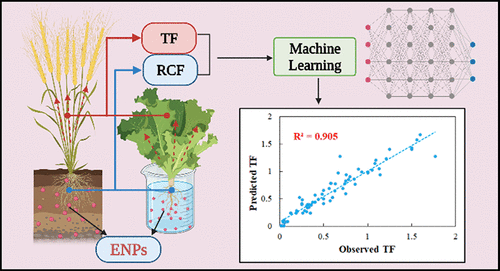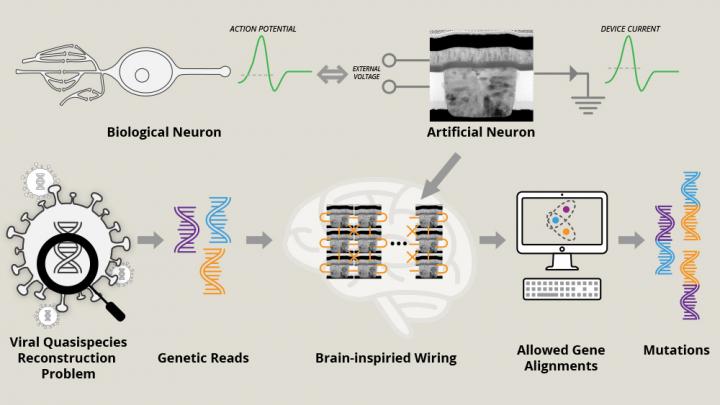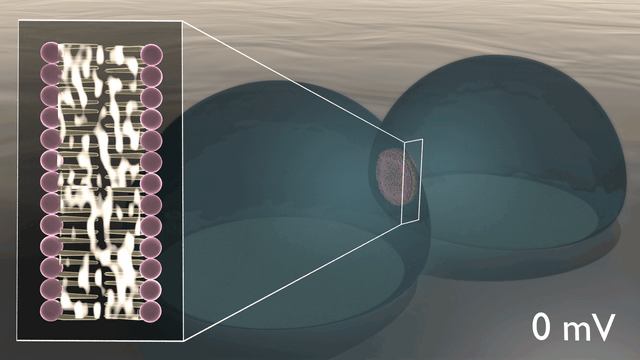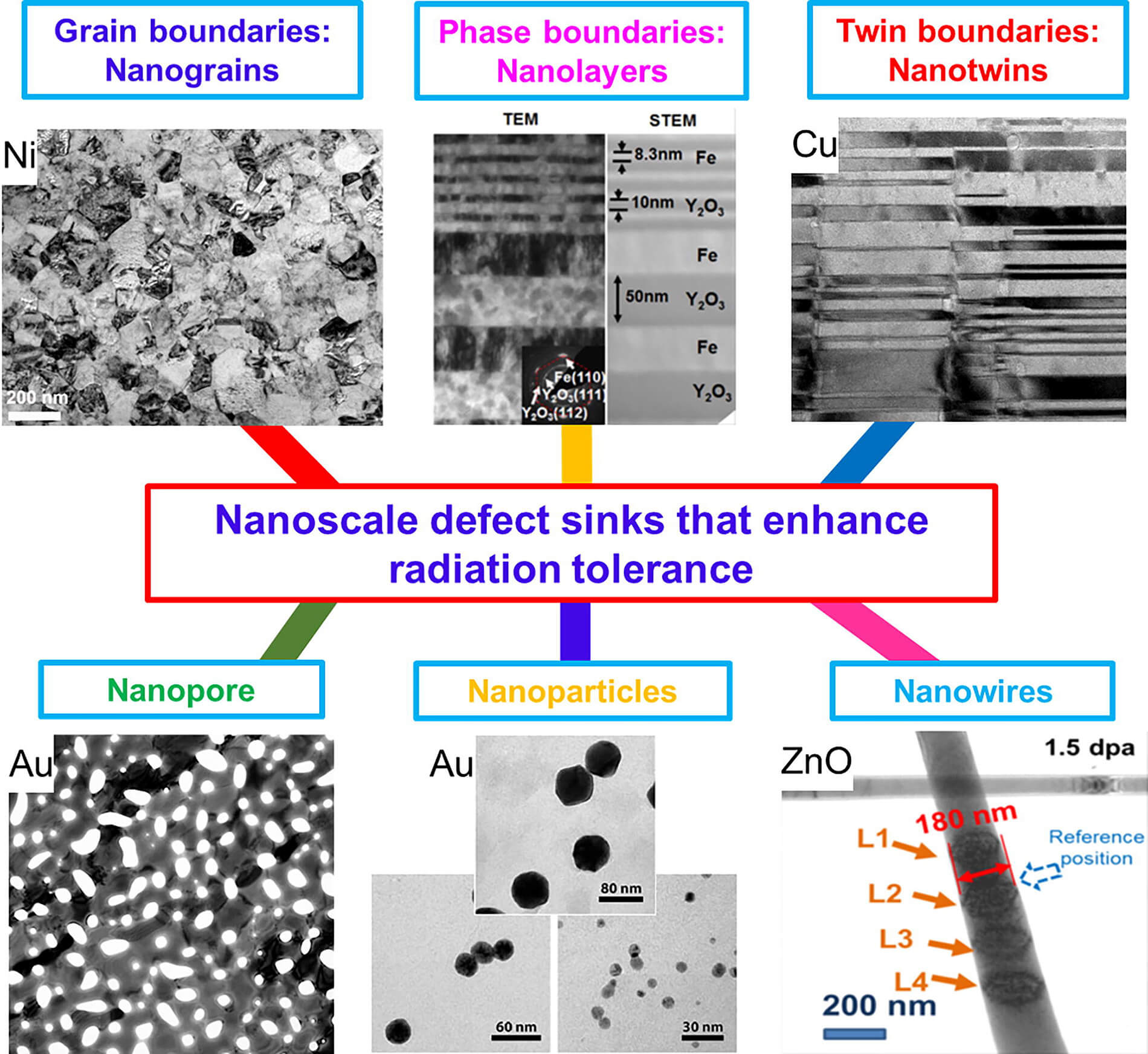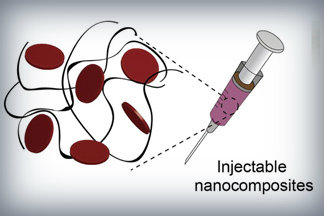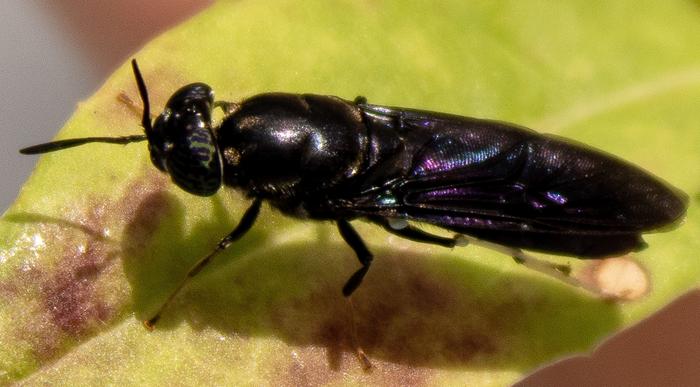
The American Chemical Society (ACS) held its Fall 2023 meeting (Aug. 13 -17, 2023) and amongst roughly 12,000 presentations there was this one on insects and degradable plastics as described in an August 14, 2023 ACS news release (also on EurekAlert),
Imagine using insects as a source of chemicals to make plastics that can biodegrade later — with the help of that very same type of bug. That concept is closer to reality than you might expect. Today, researchers will describe their progress to date, including isolation and purification of insect-derived chemicals and their conversion into functional bioplastics.
The researchers will present their results at the fall meeting of the American Chemical Society (ACS). ACS Fall 2023 is a hybrid meeting being held virtually and in-person Aug. 13–17, and features about 12,000 presentations on a wide range of science topics.
“For 20 years, my group has been developing methods to transform natural products — such as glucose obtained from sugar cane or trees — into degradable, digestible polymers that don’t persist in the environment,” says Karen Wooley, Ph.D., the project’s principal investigator. “But those natural products are harvested from resources that are also used for food, fuel, construction and transportation.”
So Wooley began searching for alternative sources that wouldn’t have these competing applications. Her colleague Jeffery Tomberlin, Ph.D., suggested she could use waste products left over from farming black soldier flies, an expanding industry that he has been helping to develop.
The larvae of these flies contain many proteins and other nutritious compounds, so the immature insects are increasingly being raised for animal feed and to consume wastes. However, the adults have a short life span after their breeding days are over and are then discarded. At Tomberlin’s suggestion, those adult carcasses became the new starting material for Wooley’s team. “We’re taking something that’s quite literally garbage and making something useful out of it,” says Cassidy Tibbetts, a graduate student working on the project in Wooley’s lab at Texas A&M University.
When Tibbetts examined the dead flies, she determined that chitin is a major component. This nontoxic, biodegradable, sugar-based polymer strengthens the shell, or exoskeleton, of insects and crustaceans. Manufacturers already extract chitin from shrimp and crab shells for various applications, and Tibbetts has been applying similar techniques using ethanol rinses, acidic demineralization, basic deproteinization and bleach decolorization to extract and purify it from the insect carcasses. She says her fly-sourced chitin powder is probably purer, since it lacks the yellowish color and clumpy texture of the traditional product. She also notes that obtaining chitin from flies could avoid possible concerns over some seafood allergies. Some other researchers isolate chitin or proteins from fly larvae, but Wooley says her team is the first that she knows of to use chitin from discarded adult flies, which — unlike the larvae — aren’t used for feed.
While Tibbetts continues to refine her extraction techniques, Hongming Guo, another graduate student in Wooley’s lab, has been converting the purified fly chitin into a similar polymer known as chitosan. [emphasis mine] He does this by stripping off chitin’s acetyl groups. That exposes chemically reactive amino groups that can be functionalized and then crosslinked. These steps transform chitosan into useful bioplastics such as superabsorbent hydrogels, which are 3D polymer networks that absorb water.
Guo has produced a hydrogel that can absorb 47 times its weight in water in just one minute. This product could potentially be used in cropland soil to capture floodwater and then slowly release moisture during subsequent droughts, Wooley says. “Here in Texas, we’re constantly either in a flood or drought situation,” she explains, “so I’ve been trying to think of how we can make a superabsorbent hydrogel that could address this.” And because the hydrogel is biodegradable, she says it should gradually release its molecular components as nutrients for crops.
This summer, the team is starting a project to break down chitin into its monomeric glucosamines. These small sugar molecules will then be used to make bioplastics, such as polycarbonates or polyurethanes, which are traditionally made from petrochemicals. Black soldier flies also contain many other useful compounds that the group plans to use as starting materials, including proteins, DNA, fatty acids, lipids and vitamins.
The products made from these chemical building blocks are intended to degrade or digest when they’re discarded, so they won’t contribute to the current plastic pollution problem. Wooley’s vision for that process would align it with the sustainable, circular economy concept: “Ultimately, we’d like the insects to eat the waste plastic as their food source, and then we would harvest them again and collect their components to make new plastics,” she says. “So the insects would not only be the source, but they would also then consume the discarded plastics.”
The researchers acknowledge support and funding from the Welch Foundation and a private donation.
As you can see from the news release, there were two related presentations,
Title
Harvesting of building blocks from insect feedstocks for transformation into carbohydrate-derived superabsorbent hydrogelsAbstract
A primary interest in the Wooley laboratory is the production of functional polymers from renewable sources that are capable of reverting to those natural products once their purpose has been served. As scaled-up production of biomass-based biodegradable polymers continues to grow, we’ve recognized a need to avoid competition with resources that are important to food, fuel, construction and other societal demands. Therefore, we’re turning to unique supply chains, including harvesting of naturally-derived building blocks from black soldier flies (BSF), a rapidly growing feed crop industry. This presentation will highlight efforts to isolate carbohydrate feedstocks from BSF and transform them into superabsorbent hydrogel materials, which are designed to address global challenges with flooding and drought associated with climate change.Title
Harvesting of naturally-derived building blocks from adult black soldier fliesAbstract
The urgent threat to our environment created by plastic pollution has continued to grow and develop as we face the well-established problems arising from traditional plastic production using petrochemicals and their accumulation. Polymeric materials constructed from natural building blocks are promising candidates to displace environmentally-persistent petrochemical counterparts, due to their similar thermal and mechanical properties and greater breadth of compositions, structures and properties, sustainability and degradability, thereby redefining the current plastic economy. A key goal in the exploration of building blocks from natural polymers is to avoid competition with resources critical to food, fuel, construction and other societal demands. This requires turning to unique supply chains, such as black soldier flies (BSF).BSF provides an immense array of potential utility to society, ranging from being a protein source for animal feed to composting waste. However, the larvae are almost exclusively of use for these processes and the adults serve the sole purpose of reproducing. Once the adults die, they are currently considered as waste and disposed of. Intrigued with the opportunity to create a value chain using the adult BSF, studies focusing on optimization and scalability for the digestion of adult black soldier flies to produce high quality chitin and utilize it as a feedstock for the production of super-absorbent hydrogel networks will be discussed.
If you’d like to know more about this work, there’s an ACS Fall 2023 Media Briefings webpage, which includes the briefing for “Transforming flies into degradable plastics.” It runs approximately 10 mins. 29 secs.

